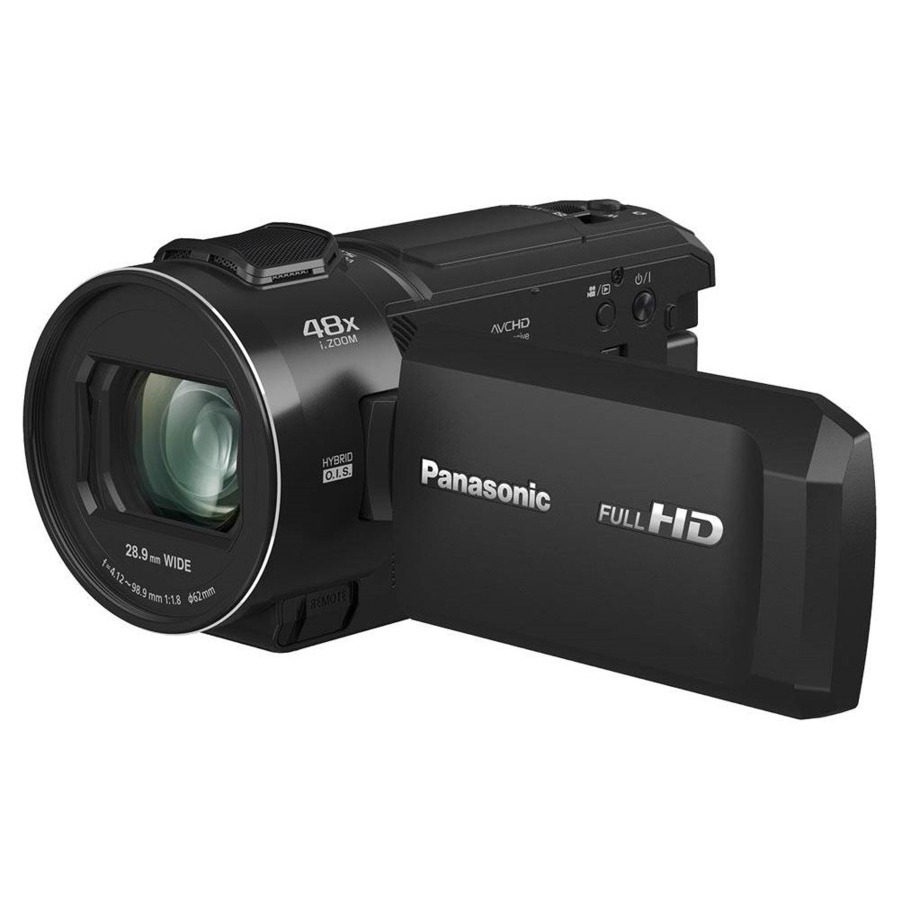
- Events
- Australia Day
- Bastille Day
- Burns Night
- Christmas
- Day of the Dead
- Eurovision
- Festivals / Summer
- Halloween
- Halloween Accessories
- Nativity
- Oktoberfest
- Olympics
- Pride
- Red Nose Day
- School Play Costumes
- St Andrew's Day
- St Davids Day
- St Georges / England Supporters
- St Patricks Day
- Six Nations Rugby
- Stag Do
- Summer
- Thanksgiving
- VE Day
- World Book Day
- Adult World Book Day Costumes
- 4th July

- Themes
- Animals
- Around The World
- Book Characters
- British
- Chocolate Factory
- Cops & Robbers
- Cosplay
- DC
- Doctors and Nurses
- Fairytale
- Funny / Novelty
- Gangster
- Harry Potter
- Hawaiian / Summer
- Heroes and Villains
- Historical
- Army, Air Force & Naval
- Mexican Fiesta
- Pick Me Up
- Pink Cowgirl Hat Aesthetic
- Pirates
- Popstars and Celebrities
- Pre Historic
- Religious
- Sexy Costumes
- Sports
- Star Wars
- Steampunk
- Suits
- Tiger King
- TV, Film and Game
- Wild West
- Wizard of Oz
- Wizards & Witches
- 2000s
- 1990s
- 1980s
- 1960s 1970s
- 1950s
- 1940s
- 1920s

- Cosmetics
- Body Crayons
- Eye Liner
- Fabric Paint
- Face & Body Paint
- Face Jewels
- Fake Blood
- FX Fluids
- Glitter Fixatives
- Glitter Gel
- Glitter Shaker
- Hair Colour Spray
- Hair Gel
- Hair Streaks
- Lipgloss
- Lipstick
- Lip Tattoos
- Loose Glitter
- Mascara
- Nail Polish
- Pigment Shakers
- Pro Face Paint Cake Pots
- Scars, Wounds, Prosthetics & FX

- Accessories
- Bandanas & Scarves
- Belts
- Braces
- Capes
- Elf Accessories
- Eye Lashes
- Facial Hair
- Feather Boas
- Glasses
- Gloves
- Guns, Weapons & Swords
- Hats & Headwear
- Hosiery
- Inflatables
- Jewellery
- Masks
- Masquerade Masks
- Nipple Pasties
- Pacifiers
- Props
- Sets & Kits
- Shoe Covers
- Shoes / Boots
- Sleeves
- Teeth
- Ties & Bowties
- Tutus & Underskirts
- Wigs
- Wings & Wands
- Other

- Gifts by Category
- Alternative
- Balloon Dog Sculptures
- Batteries
- Colouring Books
- Decorative Accessories
- Food & Drink
- Fragrance
- Gadgets & Tech
- Gift Sets
- Gifts for the Home
- Homeware
- Jewellery
- Keepsakes
- Knitting Wool
- Life
- Luggage & Suitcases
- Miscellaneous
- Ornaments
- Personalised Gifts
- Puzzle Books
- Puzzles
- Slippers
- Smoking
- Stationery
- Umbrellas
- Vehicle
- Wallets & Purses
- Warmies


-
- Australia Day
- Bastille Day
- Burns Night
- Christmas
- Day of the Dead
- Eurovision
- Festivals / Summer
- Halloween
- Halloween Accessories
- Nativity
- Oktoberfest
- Olympics
- Pride
- Red Nose Day
- School Play Costumes
- St Andrew's Day
- St Davids Day
- St Georges / England Supporters
- St Patricks Day
- Six Nations Rugby
- Stag Do
- Summer
- Thanksgiving
- VE Day
- World Book Day
- Adult World Book Day Costumes
- 4th July
-
- Animals
- Around The World
- Book Characters
- British
- Chocolate Factory
- Cops & Robbers
- Cosplay
- DC
- Doctors and Nurses
- Fairytale
- Funny / Novelty
- Gangster
- Harry Potter
- Hawaiian / Summer
- Heroes and Villains
- Historical
- Army, Air Force & Naval
- Mexican Fiesta
- Pick Me Up
- Pink Cowgirl Hat Aesthetic
- Pirates
- Popstars and Celebrities
- Pre Historic
- Religious
- Sexy Costumes
- Sports
- Star Wars
- Steampunk
- Suits
- Tiger King
- TV, Film and Game
- Wild West
- Wizard of Oz
- Wizards & Witches
- 2000s
- 1990s
- 1980s
- 1960s 1970s
- 1950s
- 1940s
- 1920s
-
- Body Crayons
- Eye Liner
- Fabric Paint
- Face & Body Paint
- Face Jewels
- Fake Blood
- FX Fluids
- Glitter Fixatives
- Glitter Gel
- Glitter Shaker
- Hair Colour Spray
- Hair Gel
- Hair Streaks
- Lipgloss
- Lipstick
- Lip Tattoos
- Loose Glitter
- Mascara
- Nail Polish
- Pigment Shakers
- Pro Face Paint Cake Pots
- Scars, Wounds, Prosthetics & FX
-
- Bandanas & Scarves
- Belts
- Braces
- Capes
- Elf Accessories
- Eye Lashes
- Facial Hair
- Feather Boas
- Glasses
- Gloves
- Guns, Weapons & Swords
- Hats & Headwear
- Hosiery
- Inflatables
- Jewellery
- Masks
- Masquerade Masks
- Nipple Pasties
- Pacifiers
- Props
- Sets & Kits
- Shoe Covers
- Shoes / Boots
- Sleeves
- Teeth
- Ties & Bowties
- Tutus & Underskirts
- Wigs
- Wings & Wands
- Other
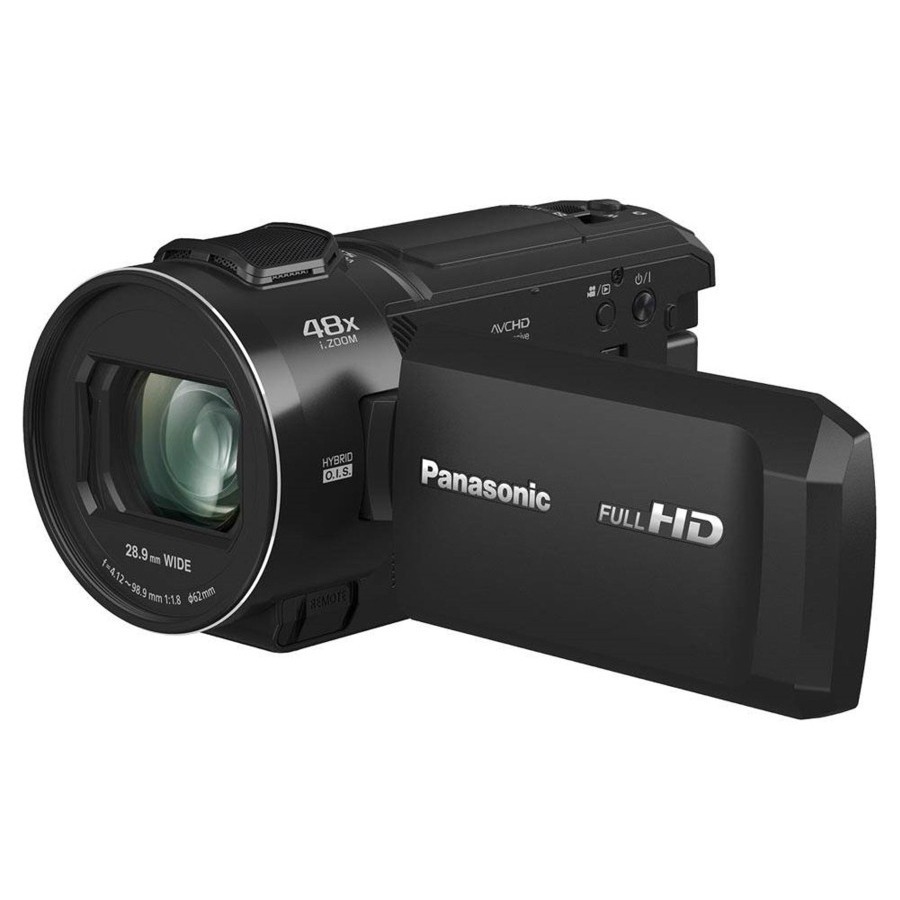



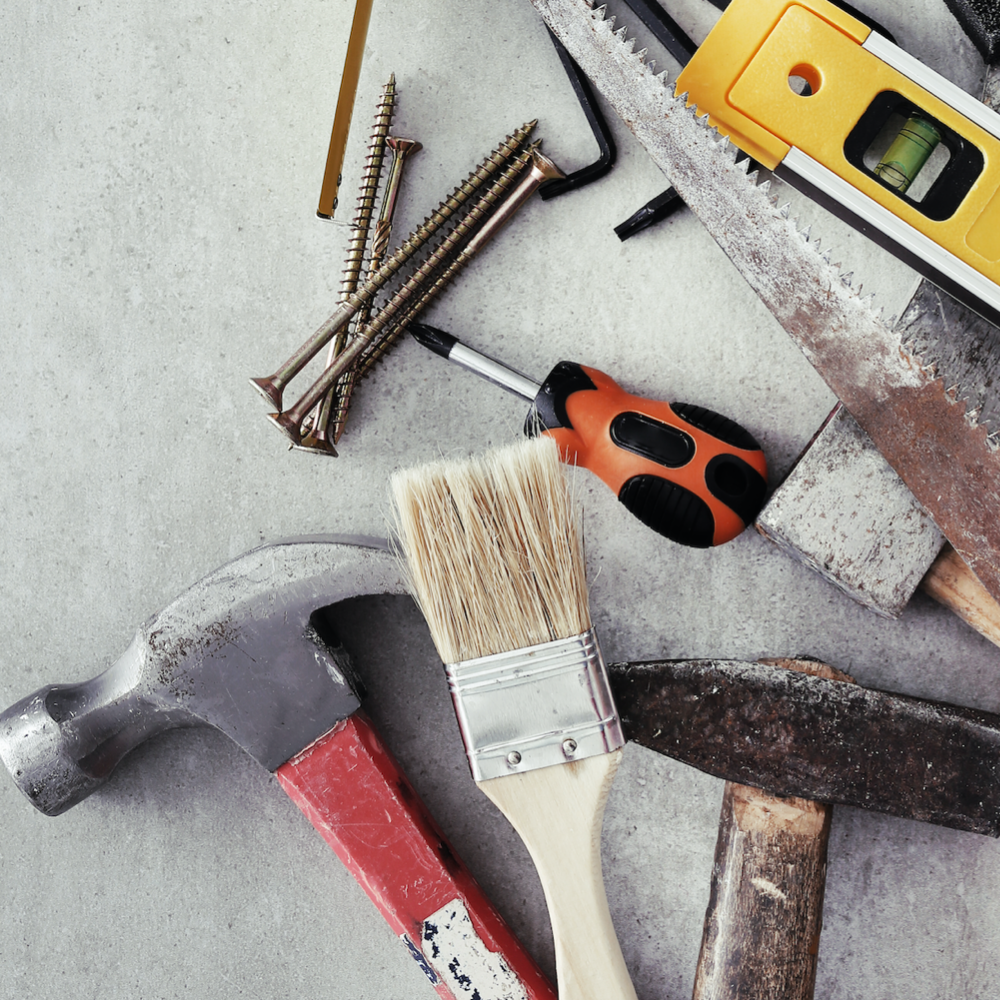


-
- Alternative
- Balloon Dog Sculptures
- Batteries
- Colouring Books
- Decorative Accessories
- Food & Drink
- Fragrance
- Gadgets & Tech
- Gift Sets
- Gifts for the Home
- Homeware
- Jewellery
- Keepsakes
- Knitting Wool
- Life
- Luggage & Suitcases
- Miscellaneous
- Ornaments
- Personalised Gifts
- Puzzle Books
- Puzzles
- Slippers
- Smoking
- Stationery
- Umbrellas
- Vehicle
- Wallets & Purses
- Warmies

What Are Pliers Used For? A Comprehensive Guide
by Darren Butler
Last updated: Jul 18, 2025

Pliers are one of the most versatile and essential tools found in homes, workshops, and industries around the world. They are commonly used for gripping, bending, twisting, and cutting a wide variety of materials, from metal wires to plastic components. Their design features two handles, a fulcrum, and jaws that work together to exert force and perform different tasks. While the basic function of pliers remains the same, there are numerous specialised types available, each suited for specific jobs. This blog post will explore the different uses of pliers, highlighting their importance in various industries and everyday tasks.
The Basic Function of Pliers
At their core, pliers are designed to grip and manipulate objects. This simple yet effective tool can be used in a variety of situations, such as holding small parts, bending wires, or tightening or loosening fasteners. The jaws of pliers are typically made of steel or other strong metals, ensuring that they can withstand considerable pressure without breaking. By applying force to the handles, users can exert a powerful grip on the object in question. The fulcrum mechanism amplifies the force applied, allowing users to complete tasks with ease and precision. Whether it’s for crafting, construction, or even DIY repairs, pliers provide a reliable means of working with tough materials.
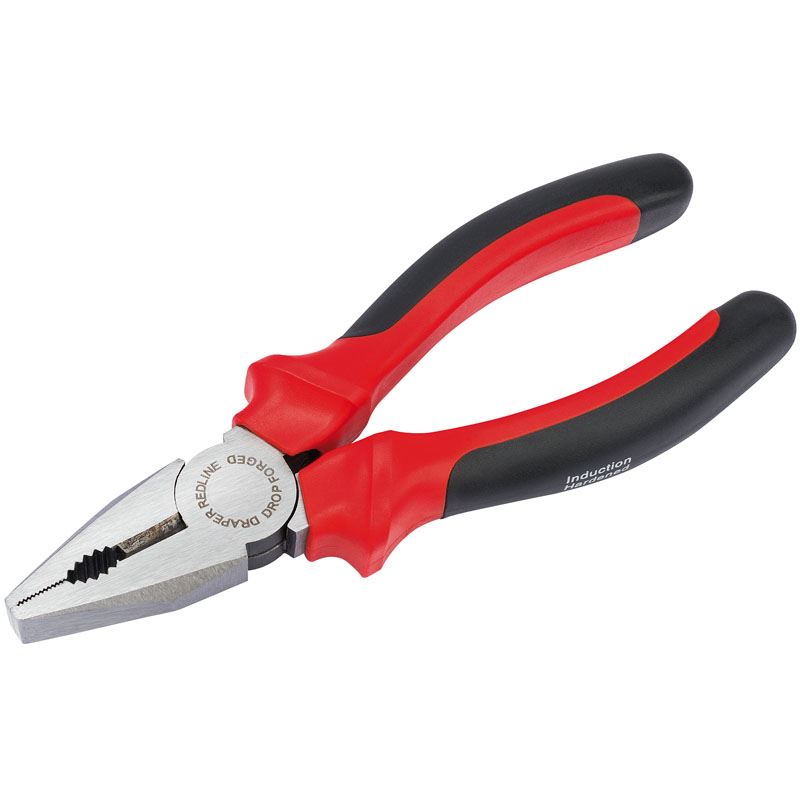
Gripping and Holding Objects
One of the most common uses for pliers is gripping and holding objects. Whether it's holding a small component while you work on it or keeping an object steady, pliers offer a firm grip that can prevent slippage. This is particularly useful when working with small or delicate materials. For example, when assembling intricate mechanical parts, pliers are often used to hold pieces in place while screws are tightened or components are fitted together. In such cases, the jaws can be adjusted to fit the size and shape of the item being worked on, ensuring that the grip remains secure throughout the task.

Cutting and Snipping Materials
Pliers are also used for cutting materials, particularly wires, cables, and other flexible materials. Some pliers are specifically designed with cutting edges built into the jaws, making them ideal for snipping or trimming. These cutting-edge pliers can easily slice through electrical cables, metal wires, and even plastic components. They are essential for electrical work, where precise and clean cuts are necessary to avoid damage to wires and components. Some types of pliers, such as needle nose pliers, allow users to make cuts in confined spaces, which is invaluable when working in tight or hard-to-reach areas.
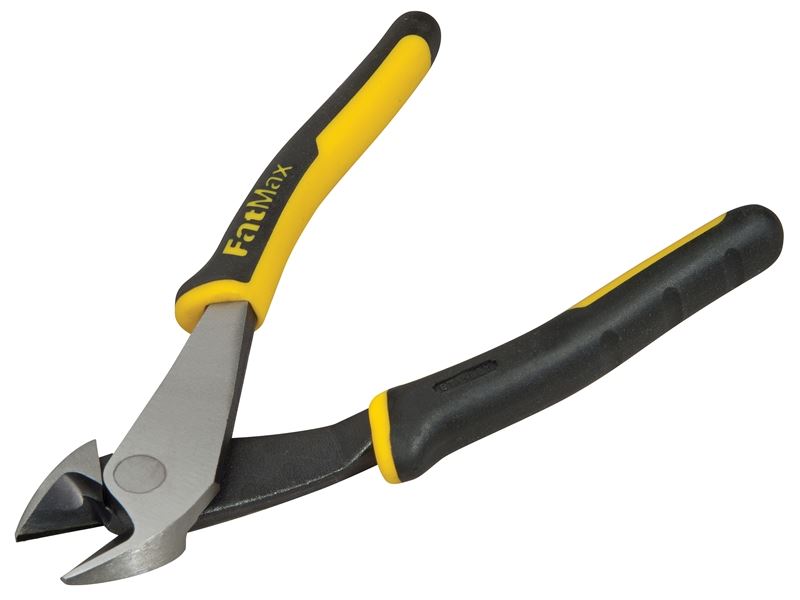
Bending and Shaping Metal
Pliers are frequently employed to bend and shape materials, especially metals. Whether you are working with wire, sheet metal, or other metal components, pliers can be used to manipulate the material into the desired shape. For example, in jewellery making, pliers are often used to bend wire into intricate loops and designs. In carpentry or metalworking, pliers are used to form metal pieces or create bends in rods and wires. The jaws of the pliers apply even pressure across the material, ensuring a smooth, controlled bend without the risk of breaking or damaging the material.
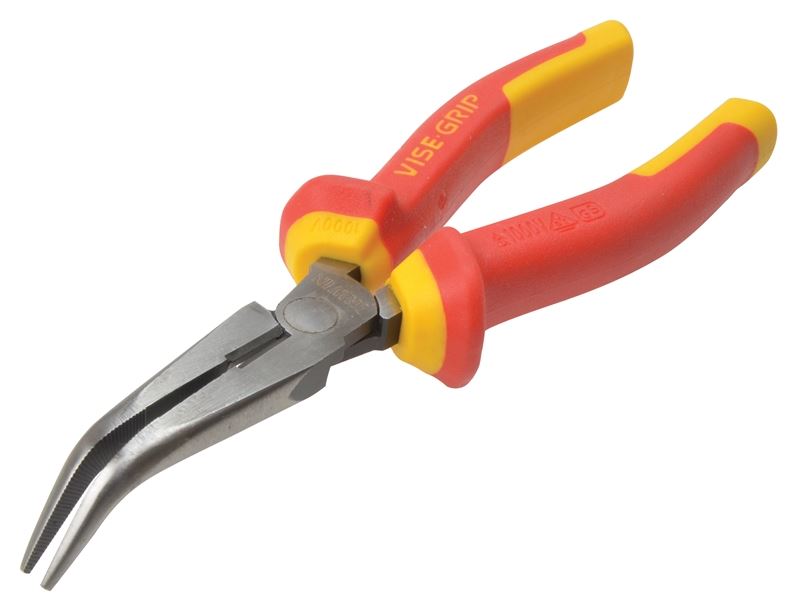
Twisting and Tightening Fasteners
Another common function of pliers is twisting or tightening fasteners. In plumbing, construction, and automotive repair, pliers are often used to tighten bolts, nuts, and screws. The adjustable nature of the pliers allows them to grip a wide range of fastener sizes, making them suitable for various tasks. Some pliers are specifically designed for this purpose, such as slip-joint pliers, which have adjustable jaws to accommodate different sizes of fasteners. These pliers are ideal for use in situations where the user needs to apply significant torque to tighten or loosen a fastener, especially when a wrench or socket set is not available.
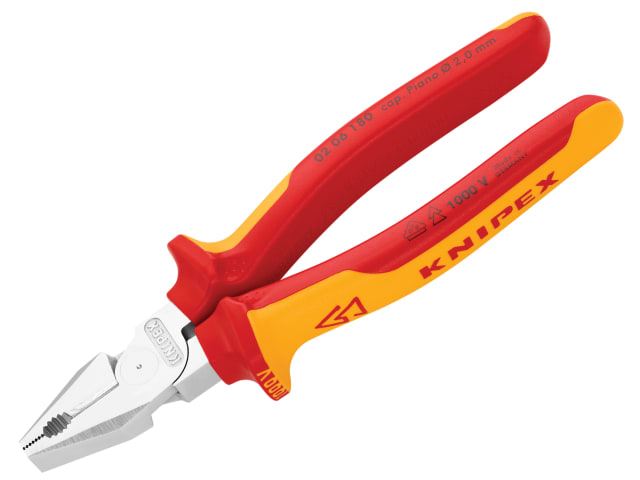
Electrical Work
Pliers play a significant role in electrical work, particularly for tasks such as cutting and stripping wires. Electricians often use pliers to cut electrical cables to the required length, strip the insulation from wires, and twist wires together to create secure connections. The versatility of pliers allows electricians to perform a wide range of tasks, from simple installations to complex electrical repairs. Pliers specifically designed for electrical work often feature insulated handles to protect the user from electric shocks. These tools are crucial for ensuring safety and efficiency when working with electrical systems.
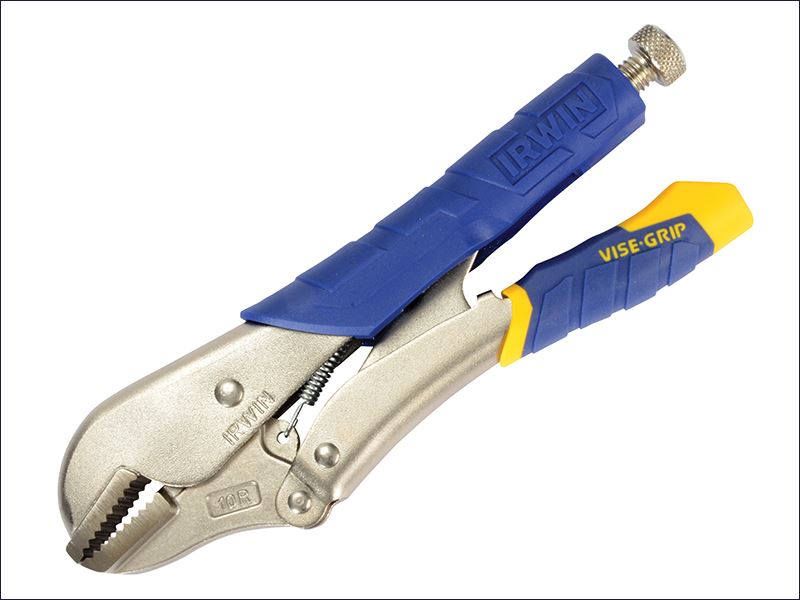
Plumbing and HVAC Work
In plumbing and HVAC (heating, ventilation, and air conditioning) work, pliers are commonly used to grip and manipulate pipes and fittings. They are used to tighten or loosen pipe connectors, adjust components, or even cut through certain materials. Pipe wrenches, which are a specialised form of pliers, are used to grip and turn large, tough pipes, often in plumbing and gas installations. Pliers are also useful in HVAC work, where technicians rely on them to manipulate metal tubing, fittings, and connectors. Whether it’s installing new fixtures or repairing existing systems, pliers offer the flexibility and strength needed for these demanding tasks.
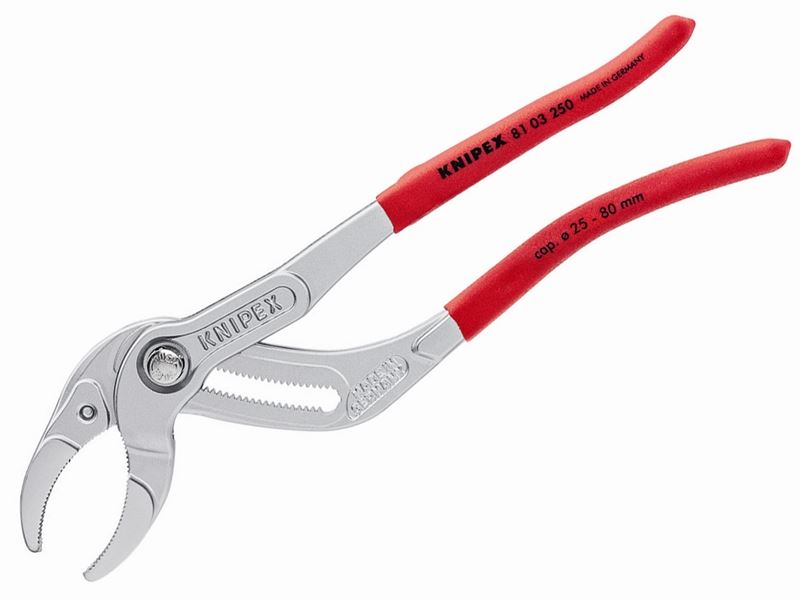
Automotive Repairs
In automotive repairs, pliers are used for a variety of functions. They can be used to grip and pull parts, remove clips, or tighten small fasteners. Needle nose pliers, in particular, are invaluable when working with small, intricate components in tight spaces under the hood of a car. Pliers are also used for cutting wires and cables, stripping insulation, and even holding parts in place while other tools are used. Many automotive repairs require precise manipulation of parts, and pliers provide the leverage and control needed to work efficiently and safely.
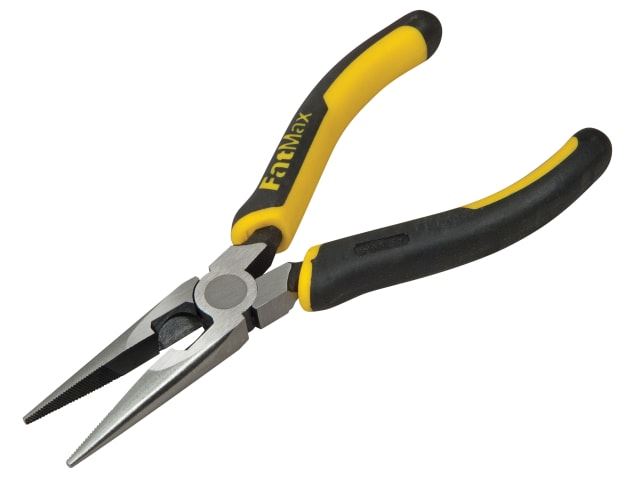
Different Types of Pliers
There are several different types of pliers, each designed for specific tasks. Some of the most common types include:
- Needle Nose Pliers: These pliers have long, slender jaws, making them perfect for reaching into tight spaces and handling small components.
- Cutting Pliers: These pliers feature sharp edges for cutting through wire and other materials.
- Slip-Joint Pliers: These pliers have an adjustable jaw, allowing them to grip a variety of fasteners and objects.
- Combination Pliers: These pliers combine gripping, bending, and cutting capabilities, making them a versatile option for general tasks.
- Locking Pliers: Often referred to as Vise-Grips, these pliers can lock onto an object and hold it in place, providing a secure grip for hands-free operations.
Each type of pliers is suited for different tasks, so it’s important to select the right one for the job at hand.
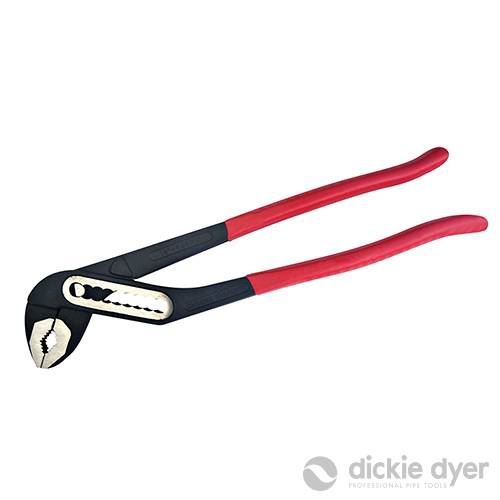
Conclusion
Pliers are indispensable tools that have a wide range of applications across many industries, from electrical work and automotive repairs to plumbing and DIY projects. Their ability to grip, cut, bend, twist, and shape materials makes them an essential part of any toolkit. Whether you’re a professional tradesperson or a DIY enthusiast, pliers provide the strength and precision needed to tackle a variety of tasks. With different types available, each tailored to specific needs, pliers remain one of the most versatile tools you can own, ensuring that you can handle a multitude of tasks with ease and efficiency.
- Menu
- Fancy Dress
- Electronics & Gaming
- Clothing
- Pet Products
- Garden
- Tools & DIY
- Home & Leisure
- Gifting & Parties
- Toys
- Information
- About Us
- Become a seller
- Affiliate Programme
- Frequently Asked Questions
- Returns and Refunds
- Terms And Conditions
- Privacy Policy
- View our blog
- Featured
- View more
- Customer Care
- [email protected]
- +44 (0) 1702 617821
- ILFD Group Ltd T/A Cazaar®
- Company Number: 07034824


